Gertrude Jekyll on the forum... :-)
woodyoak zone 5 southern Ont., Canada
11 years ago
Related Stories
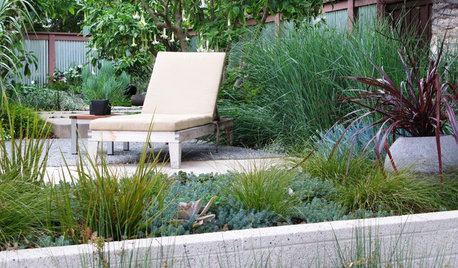
LANDSCAPE DESIGNGet More From Your Garden by Mixing Things Up
Consider an eclectic outdoor style with defined hardscapes softened by exuberant, informal plantings
Full Story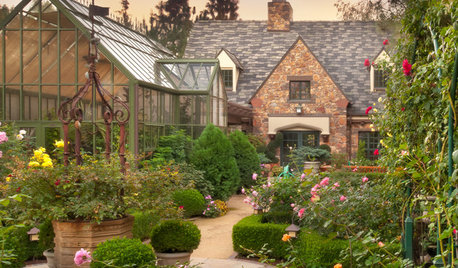
GARDEN STYLESNew Garden Styles Reveal Roots in Arts and Crafts Design
Landscape design from a century ago is still influencing gardens today — see if any of its features have sprung up in yours
Full Story
GARDENING AND LANDSCAPINGGive Your Small Garden Some Room
Make your small garden feel more like a room in your home with these time-proven ideas for landscape design
Full Story
COLOROrange in the Garden: Do You Dare?
Tangerine and other oranges are boldly cavorting from fashionable interiors to outdoor rooms. See some in-vogue examples here
Full Story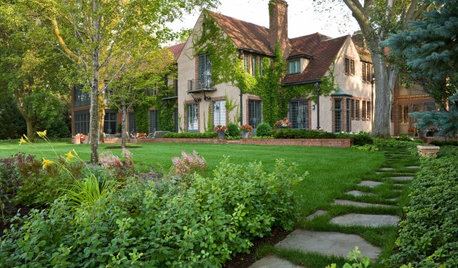
GARDENING GUIDESLay of the Landscape: English-Style Gardens
Stately and formal meet natural and romantic in English-inspired landscapes
Full Story
GARDENING GUIDES6 Captivating Roses for an Alluringly Fragrant Garden
Perfume your garden with aromas from richly spicy to lightly sweet, without sacrificing an inch of color
Full Story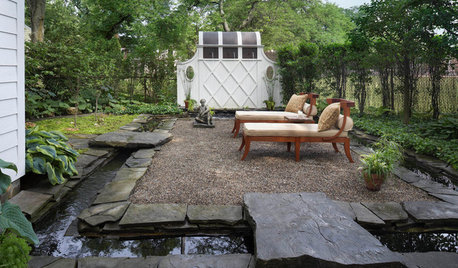
PATIO OF THE WEEKKoi Glide Around a Tranquil Garden's Moat
This idyllic retreat combines lush plantings, statues and moving water for a serene backyard scene
Full Story
GARDENING GUIDESWhat Kind of Roses Should You Grow?
Want to add the beauty of roses to your garden? Find out which ones, from old-fashioned to modern, are right for you
Full Story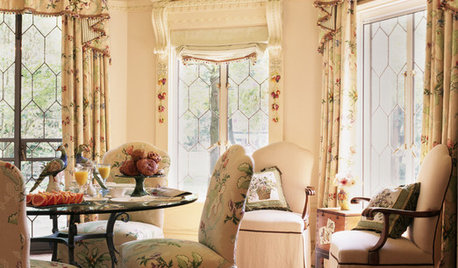
DECORATING STYLES18 Ways to Bring English Country Charm Home
From topiaries and climbing roses to toile and tea, these design ideas can skew cozy casual or manor formal
Full Story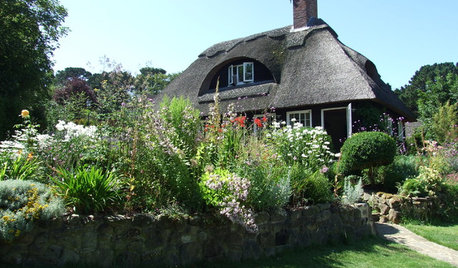
INSPIRING GARDENS12 Storybook Cottage Gardens
If you want a bewitching cottage garden but aren’t sure where to start, these ideas will get you planting in no time
Full Story





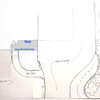




deviant-deziner
adriennemb2
Related Professionals
Beavercreek Landscape Architects & Landscape Designers · Oconomowoc Landscape Architects & Landscape Designers · Piqua Landscape Architects & Landscape Designers · Waunakee Landscape Architects & Landscape Designers · Salem Landscape Contractors · Peabody Landscape Contractors · Madera Landscape Contractors · Sugar Hill Landscape Contractors · Lauderdale Lakes Landscape Contractors · Auburn Decks, Patios & Outdoor Enclosures · Glasgow Decks, Patios & Outdoor Enclosures · Portage Decks, Patios & Outdoor Enclosures · Westminster Decks, Patios & Outdoor Enclosures · Canyon Lake Stone, Pavers & Concrete · San Lorenzo Swimming Pool Buildersbahia
woodyoak zone 5 southern Ont., CanadaOriginal Author
deviant-deziner
woodyoak zone 5 southern Ont., CanadaOriginal Author
karinl
woodyoak zone 5 southern Ont., CanadaOriginal Author
timbu
woodyoak zone 5 southern Ont., CanadaOriginal Author
woodyoak zone 5 southern Ont., CanadaOriginal Author